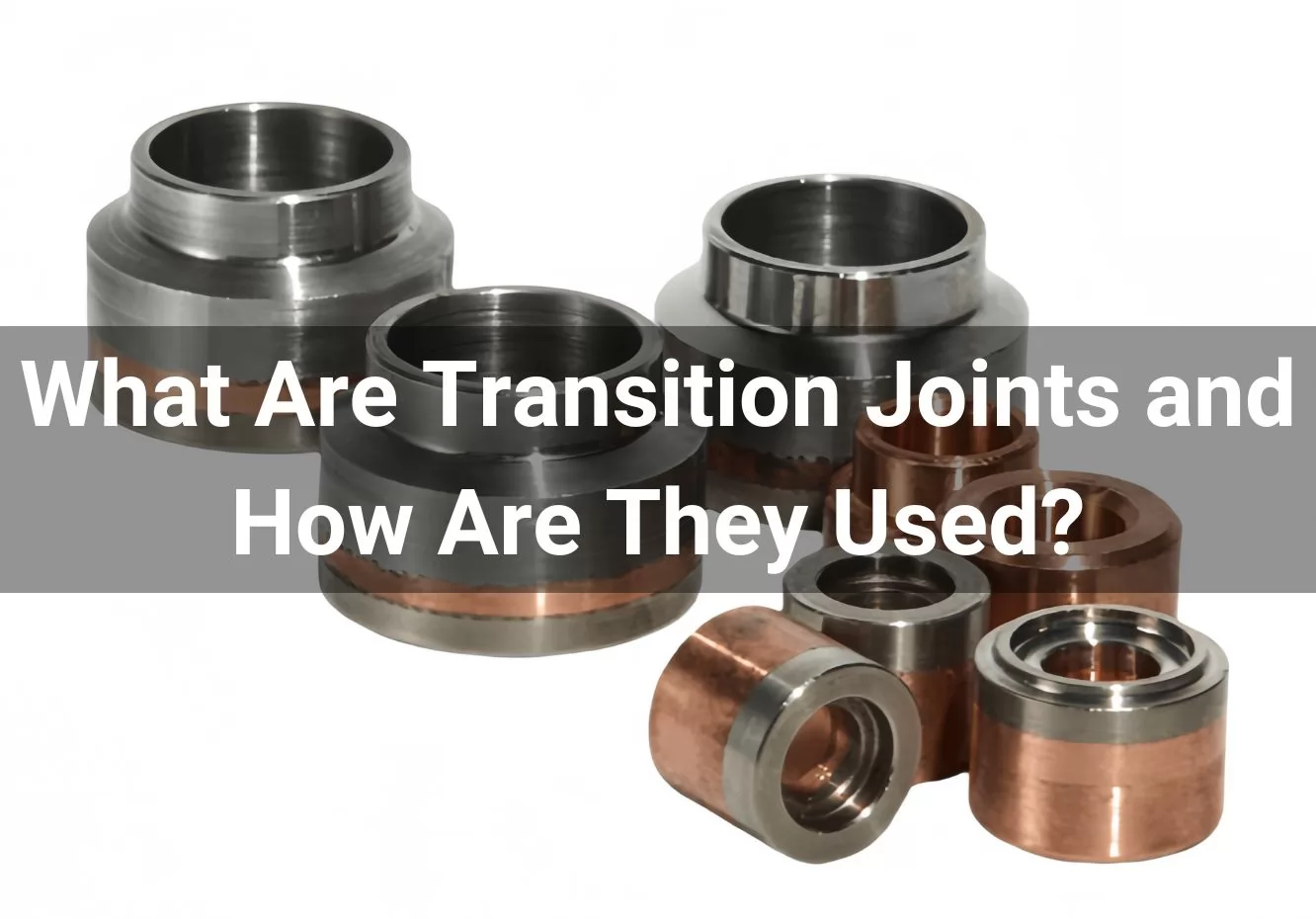


Transition joints are an essential component in various industrial and engineering applications. They facilitate the connection between different materials or components, ensuring a seamless and durable bond while accommodating differences in properties such as thermal expansion, electrical conductivity, or mechanical strength.
In this guide, we’ll explore what transition joints are, their types, applications, and advantages, along with answering some frequently asked questions to provide a comprehensive understanding of their importance.
Transition joints are specialized connectors designed to join two dissimilar materials or components, often involving metals, ceramics, polymers, or composites. These joints create a secure bond, addressing challenges such as material compatibility, stress distribution, and environmental resistance. They play a crucial role in ensuring the integrity and durability of connections where traditional methods might fail due to differences in material properties.
Engineered to withstand demanding conditions, transition joints are built to perform in high-temperature environments, corrosive or chemically aggressive settings, and under mechanical stress caused by vibrations or load-bearing. Their design and functionality make them indispensable in various industrial and engineering applications, where reliability and efficiency are paramount.
Metal-to-Metal Transition Joints
Metal-to-Ceramic Transition Joints
Composite Transition Joints
Polymer-to-Metal Transition Joints
Transition joints are utilized in a variety of industries, serving as essential components for connecting dissimilar materials. In piping and pipeline systems, these joints are widely used to connect sections made from different materials. For example, they enable the joining of stainless steel pipelines to aluminum or titanium sections in chemical plants, where resistance to corrosion and mechanical stress is critical. Additionally, they are employed in HVAC systems to connect copper and aluminum, effectively reducing thermal expansion stress and enhancing system reliability.
In the aerospace and defense sectors, transition joints are crucial for reducing weight while maintaining structural integrity. They facilitate the bonding of lightweight composite materials to metallic components, such as airframes or engine mounts. This integration helps improve fuel efficiency and performance in aircraft, while also meeting stringent safety and durability standards.
In electrical and electronic applications, metal-to-ceramic transition joints are indispensable. These joints provide both insulation and efficient heat dissipation, making them ideal for use in semiconductors, power generation equipment, and high-voltage electrical systems. Their ability to maintain performance under extreme conditions ensures the reliability of critical electronic components.
The automotive industry also relies heavily on transition joints for their combination of lightweight and durable properties. These joints are used to bond aluminum chassis components to carbon fiber panels, contributing to improved vehicle efficiency and reduced emissions. They are also employed to connect metal fuel tanks with polymer connectors, offering flexibility and resilience under varying conditions.
In the field of renewable energy, transition joints play a vital role in systems such as solar panels and wind turbines. By enabling efficient connections between materials with differing thermal and electrical properties, they ensure long-term performance and reliability. These joints are particularly valuable in environments subject to temperature fluctuations and harsh weather conditions, supporting the development of sustainable energy solutions.
Overall, transition joints are versatile and indispensable in numerous industries, providing innovative solutions for connecting materials with distinct properties while maintaining the integrity and functionality of the systems they support.
Materials like stainless steel, aluminum, titanium, ceramics, and polymers are frequently used depending on the application and required properties.
Methods include welding, brazing, adhesive bonding, and mechanical fastening. Each technique is chosen based on the materials involved and the intended use.
Industries such as aerospace, automotive, energy, construction, and electronics heavily rely on transition joints for their unique benefits.
Yes, transition joints can be tailored to meet specific requirements, including dimensions, material combinations, and performance criteria.
Transition joints are indispensable in modern engineering, providing a reliable solution for joining dissimilar materials in demanding applications. Whether it's in aerospace, pipelines, or renewable energy, these joints ensure structural integrity, durability, and efficiency.
By understanding the various types, uses, and benefits of transition joints, industries can optimize their processes, reduce costs, and enhance performance. If you’re considering transition joints for your next project, consult with experts to find the best solution tailored to your needs.If you are looking for a worthy China supplier of Clad Metal Transition Joint,Contact us now, Get more information and a quote!



Fugo Tech is focused on the manufacturing of clad metal plate and distributes the Stainless Steel, Titanium, Nickel Alloy, Zirconium and other non-ferrous metal pipes, fittings, flanges, and fasteners.